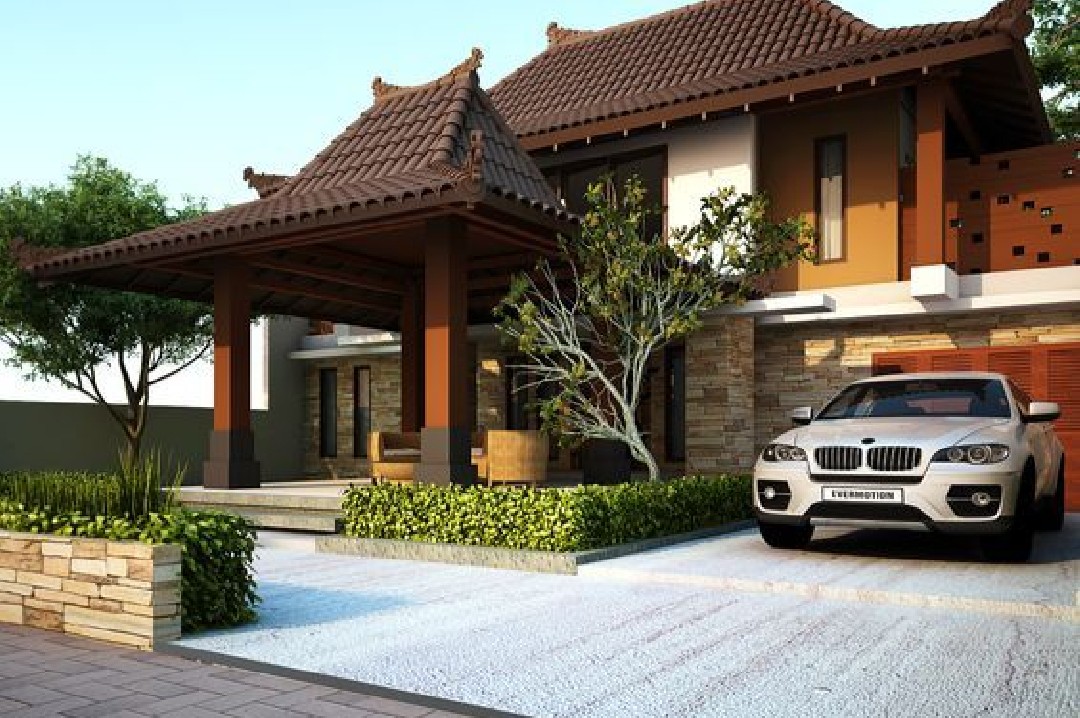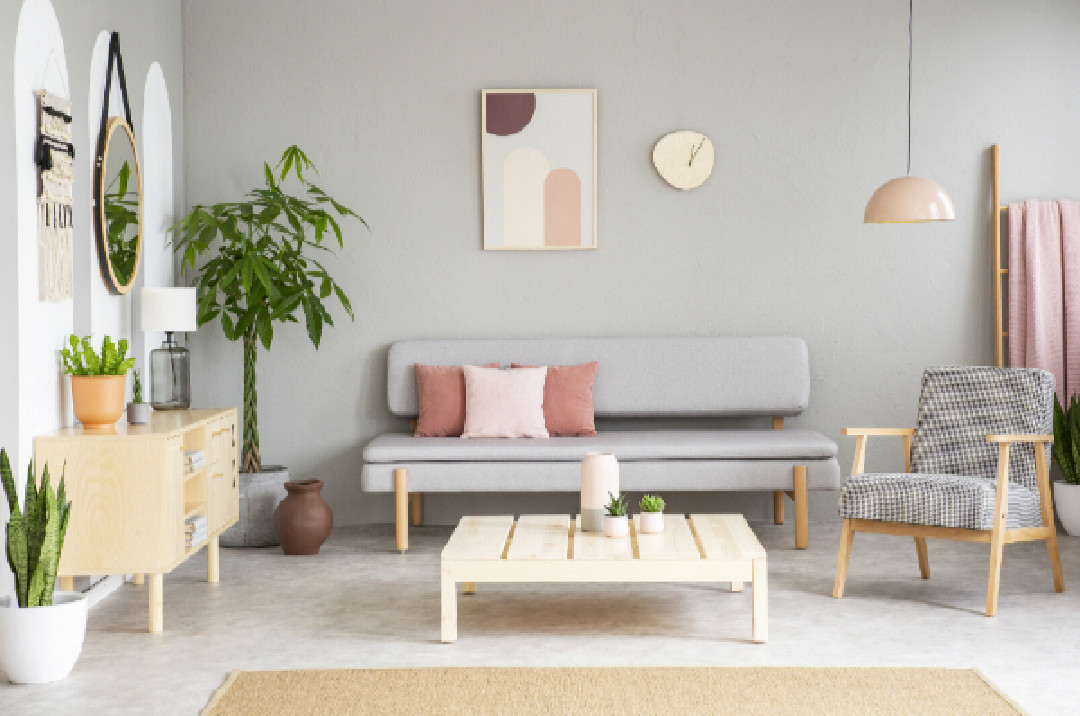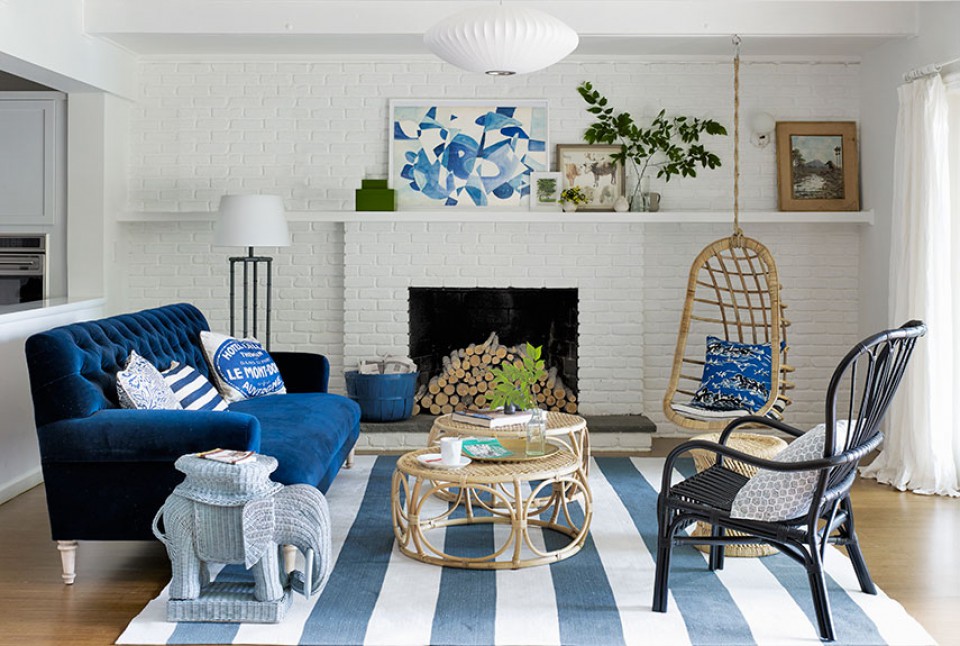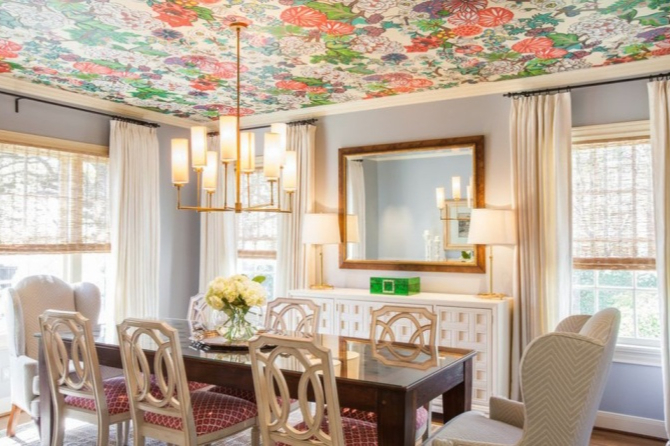Incorporating Local Cultural Touches into Modern Architectural Designs

Introduction
In this era of globalization, modern architectural design often serves as a symbol of technological advancement and sophisticated aesthetics. Modern houses often showcase clean lines, stunning geometric shapes, and the use of futuristic materials reflecting the progress of the times. However, amidst this advancement, concerns about the loss of cultural identity and traditional values arise. In response to this, many architects and designers are beginning to recognize the importance of incorporating local cultural elements into their modern architectural designs. This is not only an effort to preserve rich cultural heritage but also a way to create homes that are more socially and historically meaningful.
In the activity of designing houses, there is a strong push to align the beauty of modern aesthetics with the authenticity and depth of local culture. These cultural elements encompass everything from the selection of construction materials to decorative details, and from room layouts to adapting to the lifestyles of local communities. This concept involves not only the physical appearance but also delving into the meanings and values behind each design element. By integrating modern aesthetics with traditional values, homes become not only places of residence but also markers of identity and cultural sustainability for a community. Therefore, in this article, we will explore in more detail six ways in which local cultural elements can be integrated into modern architectural designs, creating spaces that are vibrant and meaningful for their inhabitants.
1. Local Materials

The selection of building materials is a crucial step in designing a house that not only reflects local cultural identity but also provides a lasting and authentic impression. In the context of modern architectural design that incorporates local cultural elements, the use of local materials takes center stage. For example, using natural stone obtained from the surrounding area for the exterior walls of a house can create a direct connection with the local natural environment. Not only that, natural stone also provides a natural texture that adds visual beauty and aesthetic appeal. Additionally, locally sourced wood is a popular choice for flooring and ceilings, due to the uniqueness of its grain and color reflecting the geographical characteristics of the area. By choosing such local materials, a house becomes more than just a place of residence; it also becomes a reflection of the connection between humans and their natural environment and local cultural heritage.

Beyond establishing a strong connection with the surrounding environment, the use of local materials also gives the house a unique and authentic character. Bamboo, for example, is a traditional building material still commonly used in some local cultures. Incorporating bamboo into modern house designs not only creates a warm and environmentally friendly atmosphere but also provides an exotic and appealing impression. Furthermore, pandan weaving, which is a characteristic handcraft of some regions, can be used as a decorative element to adorn walls or ceilings, adding a distinctive artistic touch to the interior spaces of the house. By combining the use of various local materials, a house can become a tangible manifestation of cultural identity and environmental sustainability while still radiating beauty and modernity in its design.
2. Architectural Details

In modern house architecture that incorporates local cultural elements, architectural details play a key role in creating a strong identity rich in cultural heritage. The use of distinctive ornaments, traditional carvings, or geometric motifs inspired by local art can give the house a captivating and meaningful touch. For example, meticulously crafted wooden carvings on the house's entrance door not only add decorative elements but also serve as a means to convey stories and symbols that are meaningful in the local culture. Similarly, the use of roofs with shapes and patterns typical of the region, such as Javanese joglo roofs or Minangkabau pyramid roofs, not only provides striking visual characteristics but also reflects the aesthetic richness and uniqueness of traditional architecture.

Moreover, incorporating architectural details inspired by local art also provides an opportunity to promote the skills of local craftsmen and industries. For instance, using ceramics with traditional motifs or carvings made by local artisans not only adds aesthetic value to the house but also supports the sustainability and development of the local economy. By integrating such elements into modern architectural designs, houses become not only places of residence but also vessels for preserving and strengthening cultural heritage and local economic sustainability.
3. Interior Space Layout

Interior design plays an equally important role in creating an atmosphere that combines the uniqueness of local culture with modern aesthetics. One way to integrate local cultural elements is through the selection of traditional furniture that reflects the style and crafting techniques unique to specific regions. For example, choosing chairs or tables with designs reminiscent of ethnic classics or using wardrobes with traditional carvings can give the interior space a strong and unique character. Additionally, the use of textiles with regional motifs, such as ikat weaving, batik, or songket, can add a warm and welcoming local touch to the space. These textiles can be used not only as sofa covers or curtains but also as carpets or wall decorations, creating a seamless visual continuity with the overall room design.

In addition to furniture and textiles, the use of local artwork or handicrafts can also be a focal point in room decoration. For example, paintings by local artists, traditional sculptures, or handicrafts such as bamboo weaving or ceramics can be the finishing touches that give the interior space a strong and authentic identity. The use of local artwork not only appreciates the skills and expertise of local artists but also serves as a way to introduce and promote the cultural richness of the region to the residents and guests. Thus, interior design is not only a place for everyday activities but also a representation of valuable cultural heritage.
4. Colors and Patterns

The selection of colors and patterns in interior design plays a crucial role in creating an atmosphere rich in local cultural heritage. In this context, drawing inspiration from nature or local culture can give the house a distinctive and captivating touch. For example, natural colors such as leaf green, sky blue, or earthy brown can create a strong connection with the surrounding natural environment, creating a calm and harmonious atmosphere indoors. Additionally, the use of traditional patterns adopted into modern designs can add artistic and unique aesthetic dimensions. For example, batik, songket, or bamboo weaving patterns can be applied to walls, furniture, or household textiles to provide a rich local touch of cultural heritage. Thus, the house becomes not only a place of residence but also a space that celebrates the beauty of nature and the richness of local cultural heritage.
5. Multifunctional Spaces

The concept of multifunctional spaces is a smart approach in designing rooms that accommodate various activities and daily needs. In the context of local culture, the application of this concept can be a reflection of the lifestyle and values of the local community. For example, the family room can be designed in such a way that it serves not only as a relaxation and gathering place for the family but also can be transformed into a meeting space for receiving guests or for religious activities such as study groups or communal prayers. Such room flexibility allows the family room to become a dynamic center of activities relevant to the cultural demands and daily needs of its inhabitants.
Additionally, the use of open spaces that can be adapted for social or traditional events is also an important part of the multifunctional space concept. For example, the backyard of the house can be designed in such a way that it can be used to host family events such as barbecues or birthday parties, as well as to celebrate traditional celebrations such as religious holidays or ceremonial events. By wisely utilizing open spaces, the house becomes not only a place of residence but also a center of social and cultural activities that strengthen relationships among individuals and communities. Thus, the concept of multifunctional spaces not only supports a dynamic and practical lifestyle but also reflects the social and cultural values valued by the local community.
Conclusion
Incorporating local cultural touches into modern architectural designs is a crucial step in building homes that are socially, historically, and aesthetically meaningful. Through the use of local materials, architectural details inspired by traditional art, as well as the selection of colors, motifs, and room functions that resonate with local culture and lifestyles, homes can become works of art that blend modern beauty with the richness of local culture. Thus, homes become not only places of residence but also reflections of the identity and cultural values of a community.








